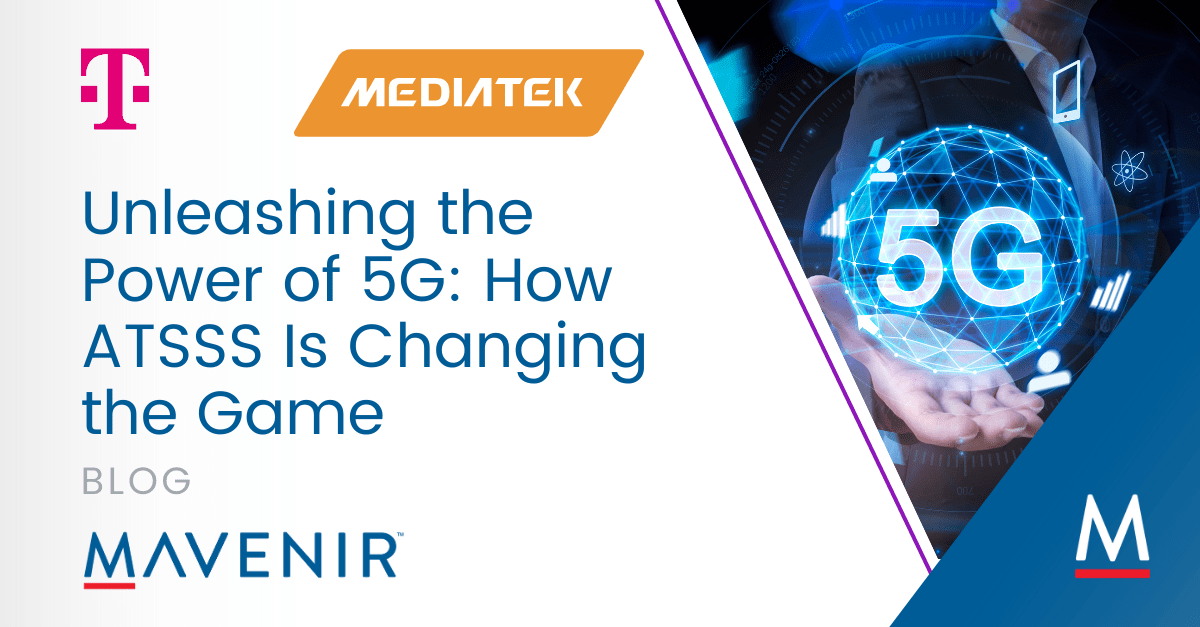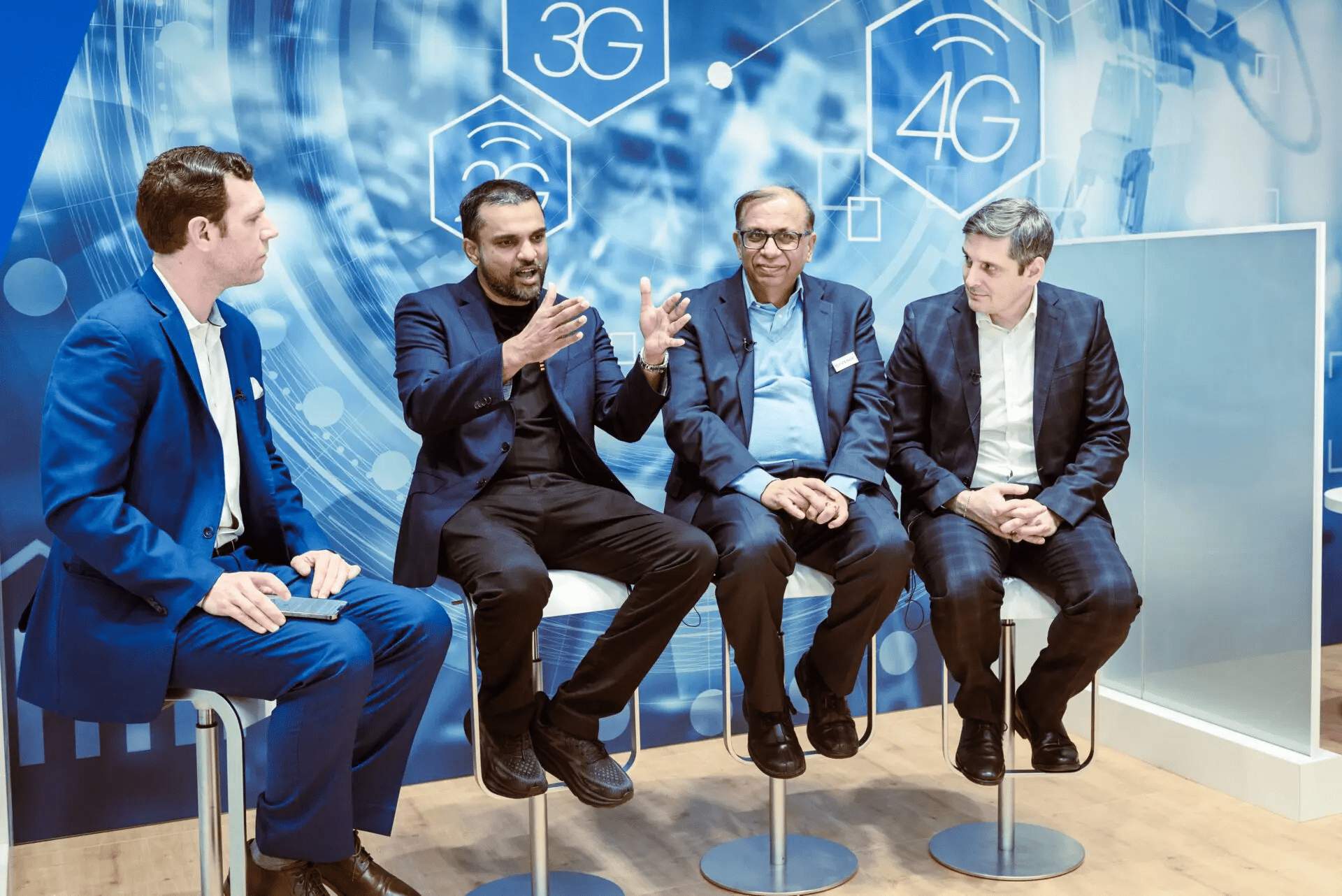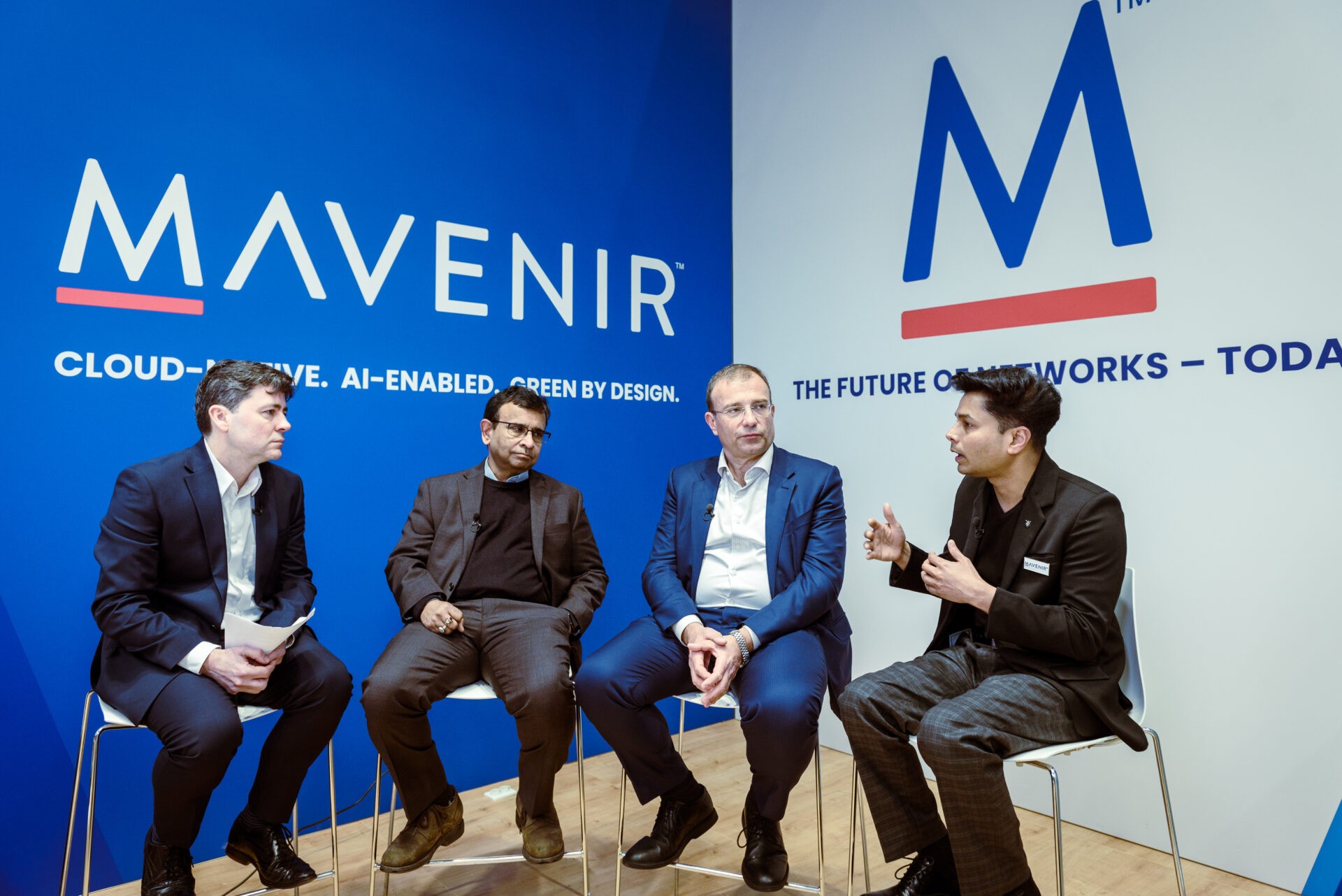How a Modern BSS Helps CSPs Transform Telcos to Techcos

The conversation around the need for Telcos to become Techcos is gaining traction. But what does that really mean, and what is needed?
Becoming a Techco means evolving the traditional telco business model to a more technological focus, and thus, being more aligned to customer needs, product engineering, and building products iteratively, as a tech or modern Internet company would. The more important, pragmatic consideration is how to stay innovative and transform customer experiences to integrate offerings deeply into a customer’s lifestyle. Apart from transforming the way CSPs sell services, the scope of what is considered a service also needs a retouch. With 5G and its associated use cases, connectivity has become an enabler for CSPs to provide cross-industry offerings that meet almost any customer need. CSPs must understand the value of partnerships and be prepared to partner with and nurture partner and developer ecosystems to offer new services and experiences.
CSPs hope to grow revenues by addressing new industry use cases, enterprise needs, or even through new digital brands that expand their reach and test new markets. Including these aspirations in business goals is the first sign of a Telco becoming a true Techco.
It’s been said before – the network of the future is cloud-native, software-driven, and fully automated. With 5G’s high bandwidth, low latency, and on-demand network slicing capabilities, CSPs are looking to pave the way for new networks and innovative services of the future. Having the Techco superpower lets CSPs think and act like the IT companies, gaining market share in the industry. Fast, agile, and able to cultivate a culture of freedom and innovation. But how is this transformation achieved?
What is needed to become a Techco? First, look at the underlying foundations of the network infrastructure. Are they a platform-based business? Is the platform flexible enough to enable edge networks, zero-touch partnering, or support industry or enterprise business models?
To monetize new 5G network investments, a Techco will use a cloud-native, open, digital architecture, which is API and data-driven. It will extensively use AI, analytics, and automation to predict and address new consumer needs and make backend operations more manageable and efficient. A Techco will allow partners and developers to be onboarded seamlessly. Together, all will build an exciting ecosystem where developers can innovate freely, and partners can quickly launch new services that respond to market demands and build deeper customer relationships. There will also be the need for cultural evolution. CSPs who don’t adapt will miss out on a big slice of the pie from the billions of potential new revenue opportunities being created.
How does a BSS help pay for all this? Making such a significant change will probably require investment in technology before the revenues start to appear. But it’s the chicken or the egg theory. Network investments are a critical strategic decision. The IT foundation must be in place to get those billions of new revenues. New revenue funds the infrastructure of tomorrow that expands the CSP’s reach and delivers excellent customer experiences. However, as of today, one of the biggest challenges CSPs still face is living with legacy Business Support Systems (BSS). CPS’s are looking for solutions to help reduce the risk and manage the investment required to upgrade the BSS.
Take the first step. Delivering simple connectivity might be okay for some CSPs, but in his whitepaper, co-sponsored by Mavenir, “BSS digital overlay systems can help CSPs maximise returns in the 5G era.” John Abraham provides a different opinion. CSPs with access to intelligent information management capabilities will have a distinct competitive advantage in the long term. They need the ability to assess, define and procure vendor solutions that evolve with their business needs.
However, the existing systems that most CSPs have in place are incapable of supporting the vision of becoming a Techco. While access to accurate data in real-time is vital to ensure a satisfactory digital customer experience, legacy systems often provide incomplete customer and service information, or that data is spread across disparate silos in multiple departments. Legacy systems are also incapable of understanding customer context or applying machine learning tools to gather deeper insights, as a Techco would, making them detrimental to effective engagement. And so, the incumbent monolithic frameworks in many CSP environments are often a key stumbling block to transformation. Investing in a modern architecture framework may be the most-effective way to overcome the deficits of legacy systems in the medium-to-long term.
Because incumbent BSS systems are incapable of supporting new use cases in a timely and cost-effective manner, and given how quickly technology companies dominate different markets, the transformation of BSS platforms becomes urgent. Change is essential to ensure customer satisfaction while maximizing emerging revenue opportunities for CSPs in this new era of 5G.
Taking the first step is easier than ever before. There are several options to address this challenge: doing an end-to-end transformation, adding adjunct systems, or using a digital overlay approach. Based on their size, maturity, and business goals, different CSPs might evaluate all the options; however, the digital overlay approach is highly recommended for those battling legacy BSS looking to embark on a transformation journey.
The primary benefit of this approach is a low risk, short time to market, and the ability to shift all future BSS expansions to a new, modern platform without the cost or complexity of the legacy systems. The digital overlay adheres to modern cloud-native software methodologies and architecture frameworks and may result in up to 50% cost savings when compared to other transformation approaches. It supports standardized interfaces (such as TMF Open APIs) and is 5G and public cloud-ready. Therefore a cloud-native BSS is well-positioned to help CSPs swiftly support new applications and use cases. The incumbent legacy systems supporting existing services will exist until the digital overlay allows the CSP to circumvent the legacy systems, eventually transitioning all services.
Other examples of how a digital overlay enables the Techco mentality are:
- Telcos can explore new markets and quickly launch Digital Brands for these new market initiatives. The revenues, customers, and, most importantly, learnings can merge into the leading brand over time, or CSP can keep targeting spaces with digital brands based on the strategy.
- CSPs could also build a platform and become an enabler for companies looking to integrate connectivity into their business model or as part of their core offering. This essentially means CSPs can become enablers (MVNEs) for MVNOs.
Mavenir can help. Mavenir Digital Enablement (MDE) platform offers transformation options that help overcome the risk of updating the existing BSS. This platform allows CSPs to use the overlay model and introduce new services rapidly, capture their customers’ interests, and become an integral part of their digital life. MDE is a cloud-native BSS that enables CSPs to innovate cost-effectively and quickly respond to market demands, building deeper customer relationships. This flexible BSS simplifies exposure of 5G network capabilities in new ways and lets CSPs monetize capabilities beyond just legacy billing methods to help fund the expansion and transform to a true Techco.


